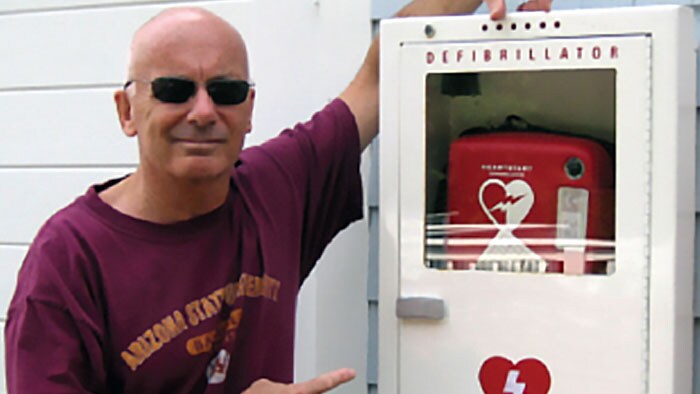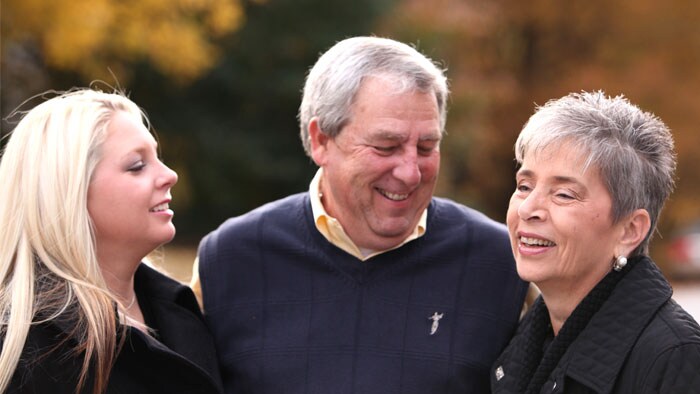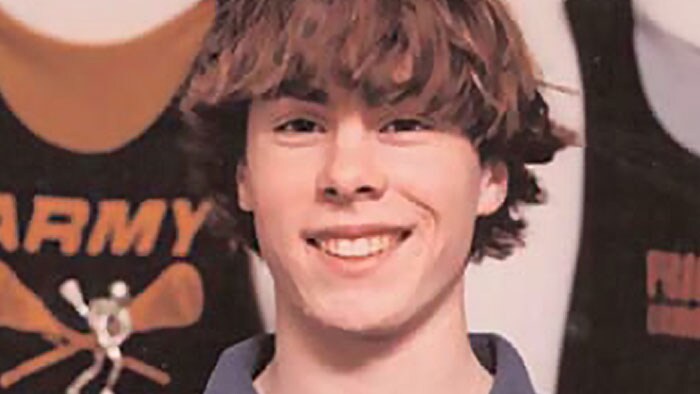As we mark the 20th anniversary of Philips AEDS, we checked in with five SCA survivors to learn what they are up to now. Thanks to the availability of AEDs and the quick thinking of “everyday heroes” putting those AEDs and CPR to work, these individuals lived to experience hundreds more sunrises, time with family and friends, and the courage to share their experiences in order to help others.
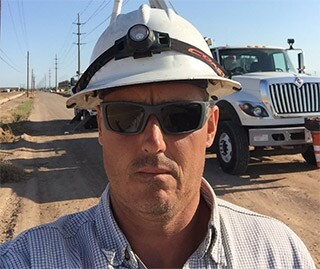
Matt Collins
In 2012, Matt Collins was maintaining a high voltage power line in Gold Canyon, Arizona when he was suddenly shocked with between 30,000 and 60,000 volts of electricity across his chest, stopping his heart. Working 20 minutes off-road and far from the nearest town, Matt’s survival relied on his team’s fast action to restart his heart. Noticing Matt’s unresponsiveness, Matt’s partner, Mike Deubler, rushed to get him back to the ground. Using the company’s mandatory CPR training and the instructions on the AED, Mike and the team began CPR and connected the AED to Matt. Two shocks were delivered by the AED before his heart started again. Paramedics arrived 45 minutes later and rushed him to the nearest hospital for emergency care. A similar incident had occurred just prior to Matt’s and his company had made it a policy to include an AED on trucks working in remote field locations. This policy and his colleagues’ training that helped save Matt’s life. Since then, his company has expanded the policy to include an AED on every truck regardless of location. With the support of his team, Matt was eventually able to get past his fear and find the confidence to go back to work.

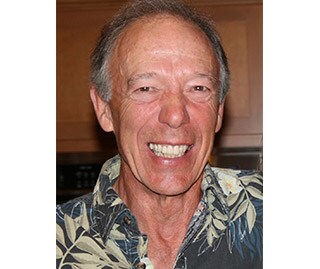
Lee Curtes
In 2000, Lee Curtes was on a ski trip in Vail, Colorado with his wife and their friends when he began to experience difficulty breathing at the top of the mountain. Initially he thought it was due to altitude sickness until he realized that he was close to 12,000 feet. This was nothing new to the avid skier as he has been higher than this elevation many times before now. Lee sat down at a nearby table and before he knew it, a ski patroller was asking about his symptoms, current condition and family history. Lee began sweating profusely and experienced pain radiating out of his arms into his shoulders. Lee laid down, as instructed by the patroller, and last recalled looking up at the blue sky, which is when his heart stopped. Luckily, the ski patrol had the Philips’ HeartStart FR2 AED handy, applied the pads, pressed the button and delivered a shock. As his heart was fibrillating, a helicopter arrived and flew him down to the Vail ER, and then to a hospital in Denver where they were able to vacuum out a blood clot and put in a stent. A true inspiration, to this day, Lee enjoys going back to Vail Mountain and skis up to the same spot where his heart stopped. He has returned to Vail 12 of the 16 years since that incident to ski with the patrollers that helped save his life.

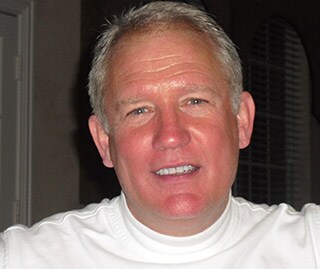
John Gregoire
In 2002, John Gregoire, a 44 year old father of three, was exercising at a local YMCA in Plano, TX. While using some of the weights, John suddenly collapsed. A husband and wife working out nearby rushed over to John and began administering CPR. After a few moments of CPR that was ineffective, the husband asked for a defibrillator. A Philips AED that had been purchased by the YMCA just a few months prior was brought over and used to shock John twice. To this day, John has stayed in touch with his rescuer, and their families even vacation together. John now lives in Carrollton, TX and does all he can to help spread awareness of sudden cardiac arrest and how to help combat it. He is part of a non-profit organization called “Living for Zachary,” which helps raise visibility for youth sudden cardiac arrest, by offering youth heart screenings and donating Philips HeartStart defibrillators to various youth organizations. To date, John has helped deliver 155 defibrillators and 4,000 heart scans through “Living for Zachary,” and is forever grateful to the people and tools that helped save his life.

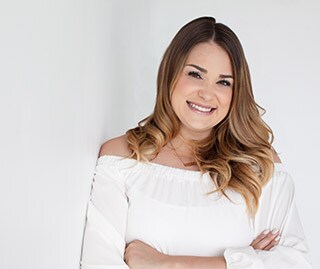
Lindsay Hayden
In 2008, Lindsay Hayden, a then senior in high school, was discussing the upcoming prom with her friends at lunch when she fell out of her seat and began to convulse. She was having a sudden cardiac arrest (SCA). About 18 months prior to this incident, a former student at Lindsay’s school had passed away due to cardiac arrest. Luckily for Lindsay, the parents of the boy had donated an AED to the high school in memory of their son, just six months before Lindsay’s episode. The combination of the donated AED and the fast action of a fellow student who was also a lifeguard and recognized Lindsay’s condition as SCA helped save her life. At this point, EMTs had arrived on the scene and took Lindsay to the local hospital where she was finally stabilized. Doctors were never able to truly identify exactly what triggered Lindsay’s cardiac episode, but having a Philips’ AED onsite played a vital role in her survival. After her incident, Lindsay was surprised to learn that students in her school and other friends did not know where to find the AED, how to use it or what it could be used for. Many were even afraid to use an AED out of fear of hurting someone. Now 26, Lindsay works in NYC in wedding planning, after spending a few years working at the American Heart Association helping spread the message about the importance of AEDs.

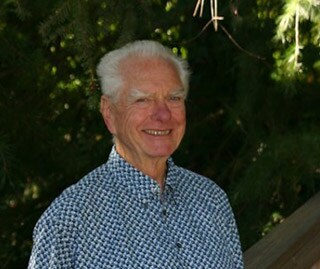
Don McQuinn
In 1998, Don McQuinn, a retired Marine, was at a writer’s conference in Maui. While playing volleyball in the hotel pool, Don suddenly collapsed. Police were nearby and rushed to the scene with a Philips’ AED, where they shocked Don twice to revive him. A year before this incident occurred, Don’s longtime physician asked about his family history. Don mentioned the long list of men in his family that had heart-related problems. No precautions were taken at that time since Don had no history of cardiac problems, was in impeccable shape and passed every test with flying colors. Prior to 1998, Don didn’t know that AEDs even existed. Now, he notices and seeks out the device that helped save his life in every public setting. Today, Don is a writer who has published eleven novels. He resides in Seattle and still, 18 years later, thanks Philips for making AEDs, saying that beyond choosing the right woman, Philips’ AEDs are one of the reasons he’s still alive today.

